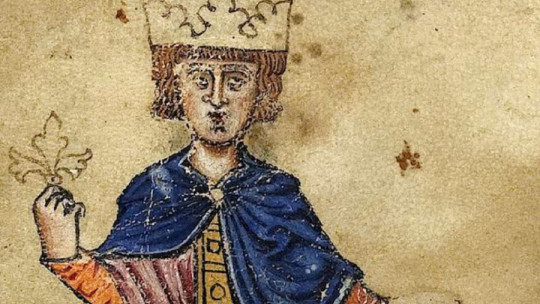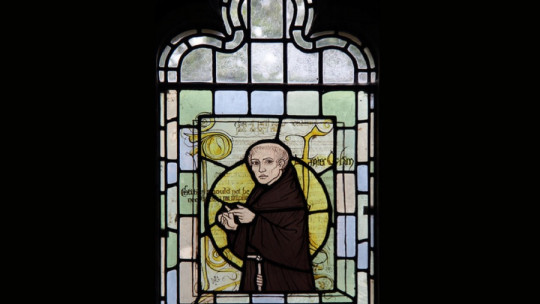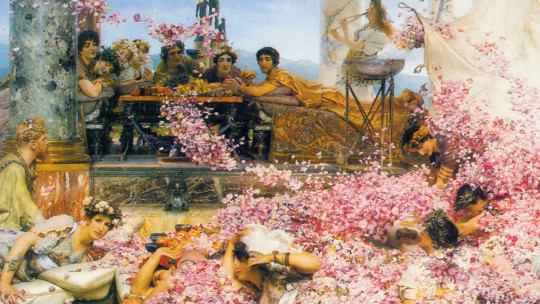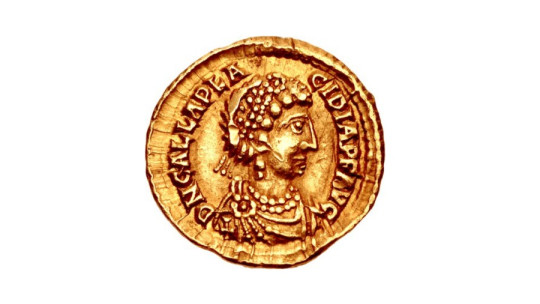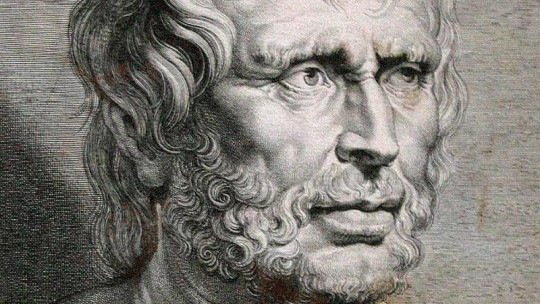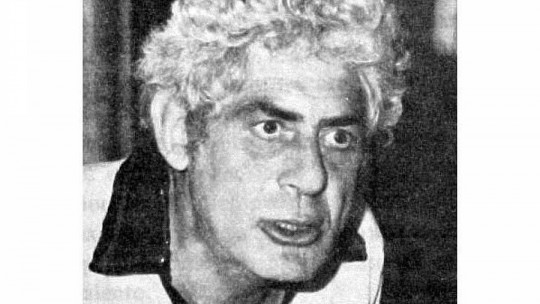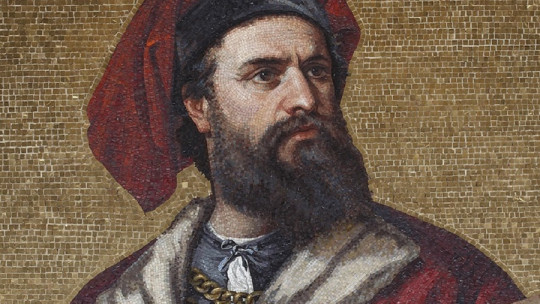His contemporaries named him Stupor Mundithat is, “the wonder of the world” Probably, the origin of the nickname lies in the eccentric attitude that the emperor maintained throughout his life, and also in the various occasions in which he disobeyed the rules and chose to follow his own path. Frederick II is, without a doubt, one of the most fascinating characters of the Middle Ages.
Below you will find a biography of this “rebel” emperor, who put the Pope of Rome himself in suspense.
Brief biography of Frederick II, called Stupor Mundi
His nickname was not only due to his rebellious and unpredictable character, but also to his extraordinary culture. Both things amazed his contemporaries, and it was no wonder: Frederick II spoke nine languages (including Latin, Italo-Norman, German and Arabic) and was keenly interested in poetry, to the point of founding a poetic school in Sicily, his mother’s homeland. Attractive, angry, intelligent, passionate, great conversationalist… many things have been said about this character and, probably, all of them have some truth.
Son and grandson of emperors
Frederick II belonged to the House of Hohenstaufen. His father was Henry VI, Holy Roman Emperor, and his mother, Constance, was the daughter of the King of Sicily When the child came into the world, his parents were in the city of Iesi, in central Italy. It seems that Constanza gave birth in a store, in the middle of the town square, so Federico’s arrival into the world was already quite unusual. On the other hand, his father wanted to call him Constantine, but at the time of his baptism he changed his mind and put the names of Frederick and Roger first, to make it clear who the ancestors of his son were: Frederick I Barbarossa, the grandfather, illustrious emperor. of the Holy Empire that drowned while crossing a river, en route to the Third Crusade; and Roger II, first king of Sicily.
Little Frederick Roger Constantine was baptized in the church of Assisi, and immediately the Diet of Frankfurt named him king of the Romans. This was the title received by the heirs to the imperial throne (remember that Frederick’s father was emperor), although, ultimately, the title was elective and had to have papal support.
The Holy Roman Empire was made up of what is now Germany, as well as other territories such as Burgundy and part of Italy. It had been founded in 962 by Otto I, king of the Germans, in an attempt to emulate the already dismembered empire of Charlemagne who, in turn, claimed to be the heir of the Roman emperors. The Holy Empire founded by Otto would last almost ten centuries, until its disintegration in 1806.
But back to our character. When his father died, Federico was only three years old. In principle, his election as emperor of the Holy Empire seems guaranteed, but finally the chosen one turns out to be Otto of Brunswick , from the house of Welf. The pope supports the decision of the prince-electors, since, for years, the papacy has had a persistent enmity with the house of Hohenstaufen.
Thus, the rejected Federico leaves with his caregivers for Sicily, where his mother Constanza is. There he would spend his entire childhood and adolescence, educated in a cultured and open court (not in vain, Sicily had Arab, Norman and Latin influences) and surrounded by art and poetry. This exquisite education will have a decisive influence on his character and his reign, as his court will be reputed to be one of the most refined of the time.
A crusade in exchange for the imperial scepter
In 1198, Constance died and left the crown of Sicily to her son. Frederick is elevated to the throne at just four years old. Given the minority of the new king, the queen expresses in her will that the guardianship of the little one be exercised by the papacy. So that, Until Frederick comes of age, the Pope will control the destinies of the Sicilian kingdom from Rome
At the moment, the situation is favorable to Innocent III. Both he and his predecessor, Celestine III, have feared the appointment of Frederick as emperor, since it would have been fatal for the Papal States if both the German regions of the empire and Sicily were in the hands of the same monarch. If so, the papal territories would be “drown” in the center of the peninsula, and that is something that no pope was going to allow.
Thus, when Frederick comes of age and is proposed, once again, as the emperor’s successor, Innocent III flatly refuses to give his support. It is only after long negotiations that the Pope gives his consent, but with a series of conditions; among them, the forgiveness of the debts that the papacy owes to the empire and going to the Crusade to help the Latin Kingdoms of the Holy Land, threatened again by the Muslims. Frederick, eager to finally take the imperial scepter, agrees, and Honorius III, the new Pope, crowns him in Rome in 1220 and proclaims his son, the young Henry, heir. However, Frederick, now Frederick II, has no intention of fulfilling his promise.
Rebellion, eccentricities and excommunications
With the rise to the throne of the empire, Frederick begins to exhibit his authentic personality. He is a determined and brave young man who is not willing to obey anyone, not even the Pope The blood of the Hohenstaufen runs through its veins, having been at odds with the papacy for decades. Frederick II is willing to demonstrate to the Supreme Pontiff that he is the emperor and, therefore, the only lord of the world.
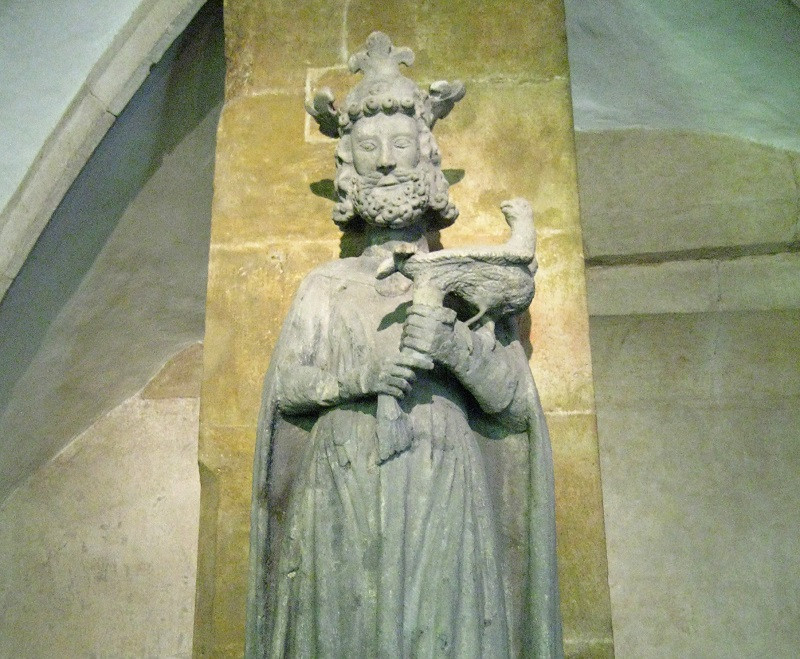
The fight between empire and papacy is a constant throughout the Middle Ages, and is nothing more than a demonstration of power and strength. Thus, while the popes of Rome desired to impose their absolute dominion as representatives of God on earth, the emperors of the Holy Empire, direct heir (at least nominally) of the Roman emperors, struggled to establish their supremacy. This struggle already earned the excommunication of Emperor Henry IV, who dared to take his attempt to establish his superiority too far by proclaiming in a signed document his absolute disobedience to the throne of Saint Peter. In the case of Frederick II, things did not seem like they would go any differently.
Time passed, and Frederick II did not comply with what was established. His march to the Holy Land was delayed, and the emperor used countless excuses to justify his attitude. Finally, Outraged by what he considered a mockery of papal power, the pontiff excommunicates the emperor and appoints him Antichrist Almost nothing.
The crown of Jerusalem
In the Middle Ages, being excommunicated was not only a religious problem, but also an economic and political one, since an excommunicated person could not govern. But, apparently, Stupor Mundi He didn’t care about papal decisions, and not even the much-feared excommunication seemed to scare him.
The year was 1227; Frederick had been widowed by his first wife, Constance of Aragon, and had remarried Yolanda, daughter of the king of Jerusalem. The kingdom of Jerusalem was founded by the crusaders in 1099, at the end of the First Crusade. It was, therefore, a Christian kingdom with its capital in Jerusalem, and whose cities included Acre, a very important coastal enclave that constituted a key piece for the Christian forces in the East.
Spurred by the desire to also obtain the crown of his wife’s kingdom, Frederick made the trip that year that he had not made at the time and headed to the Holy Land. The astonishment (and indignation) of Gregory IX, the new Pope, is apotheosis: Frederick has dared to leave for the holy places without his blessing (indispensable for any crusader knight). The result is inevitable. In 1228, Frederick II received what would be his second excommunication. There would still be a third. Again, Federico doesn’t seem to care. Faithful to his ideas and his iron will, he crowns himself king of Jerusalem , making it very clear with this act that he neither needs the pope nor has any intention of dispensing any obedience. History was repeating itself.
A crusade against Frederick
Innocent IV, named pope in 1243, inherited from his predecessors the same antipathy towards Frederick and his mockery of papal authority. The new pontiff is not going to allow, in any way, the emperor to get his way. If excommunications do not work, the papacy will subdue the emperor by force.
Federico is in Jerusalem, where, by the way, he agrees to a ten-year armistice with Sultan Al-Kamil, with whom he maintains an excellent relationship. The pope takes advantage of this absence to secretly negotiate with the emperor’s son, Henry , who proclaims himself king of Sicily with the support of the pontiff. It doesn’t take long for the news to reach the Holy Land, and Federico, alarmed, decides to head to Europe and fix things with his son.
But things are not going to be so easy. Innocent IV has proclaimed a “crusade against Frederick”, a devastating attack supported by the Lombard League, which is on the Guelph side. Europe, and especially northern Italy, becomes a battlefield where Guelphs and Ghibellines (supporters of the pope and the emperor, respectively) confront each other to once and for all decide who has absolute supremacy. The escalation of a dispute that has already lasted more than two centuries, and that seems to have no end.
Frederick II is tired and ill. The famous battle of Parma, which took place on February 18, 1248 and ended with the victory of the emperor’s forces, took place without his presence; The emperor has retired to his southern Italian fortress, Castel Fiorentino, where he rests and awaits news. On December 13, 1250 he died Stupor Mundi, the “astonishment of the world”, at fifty-five years old. His rich tomb is in the cathedral of Palermo; in his beloved and never forgotten Sicily.

